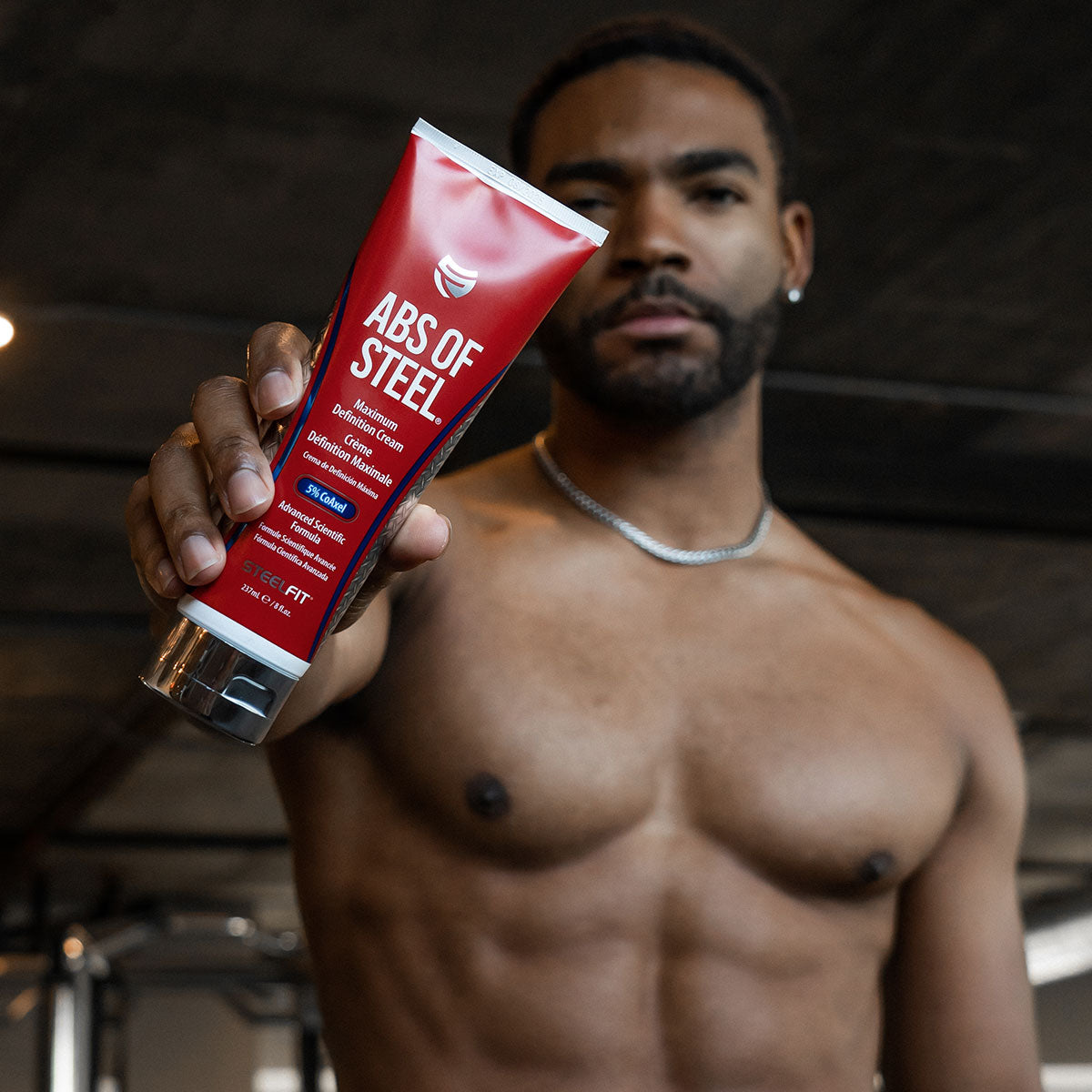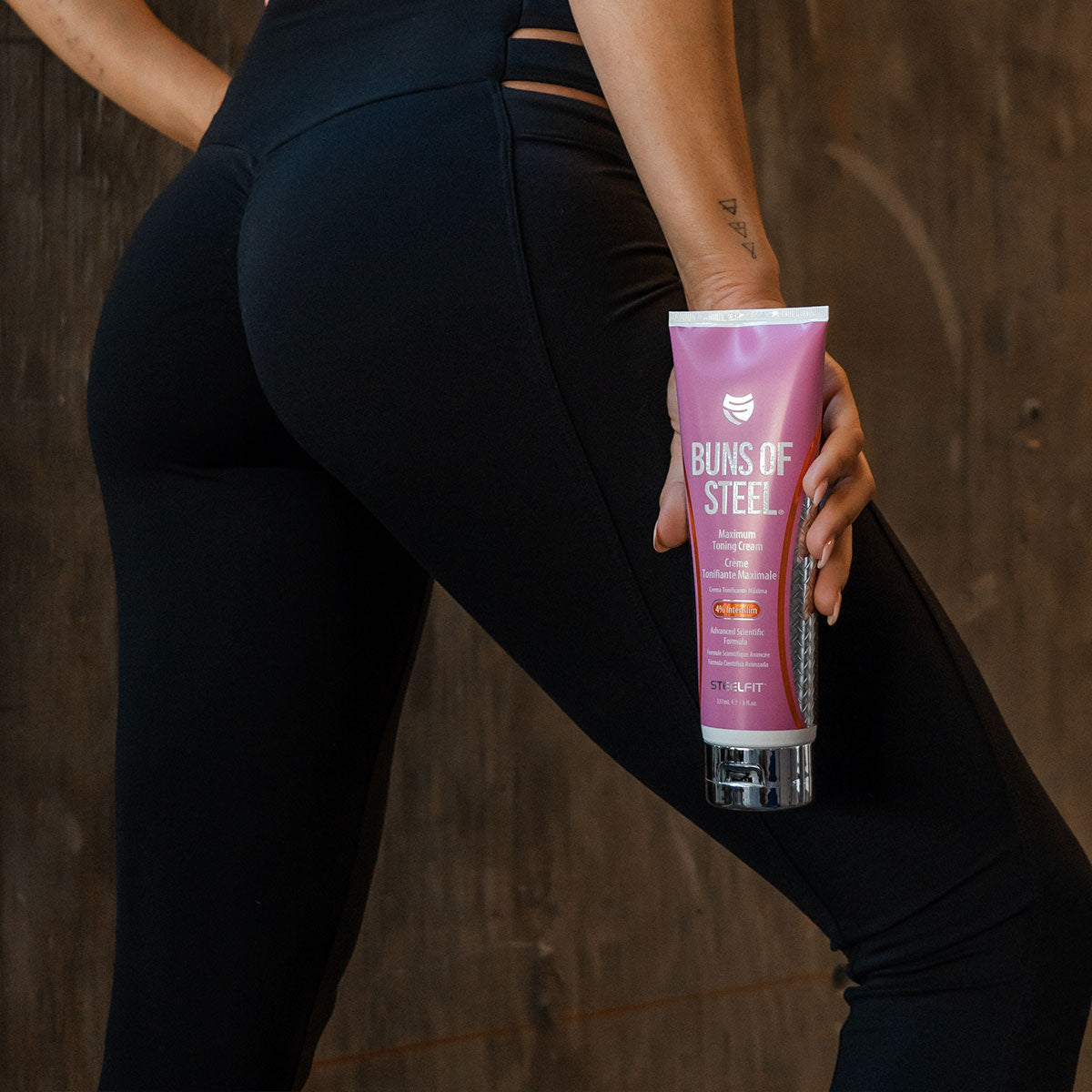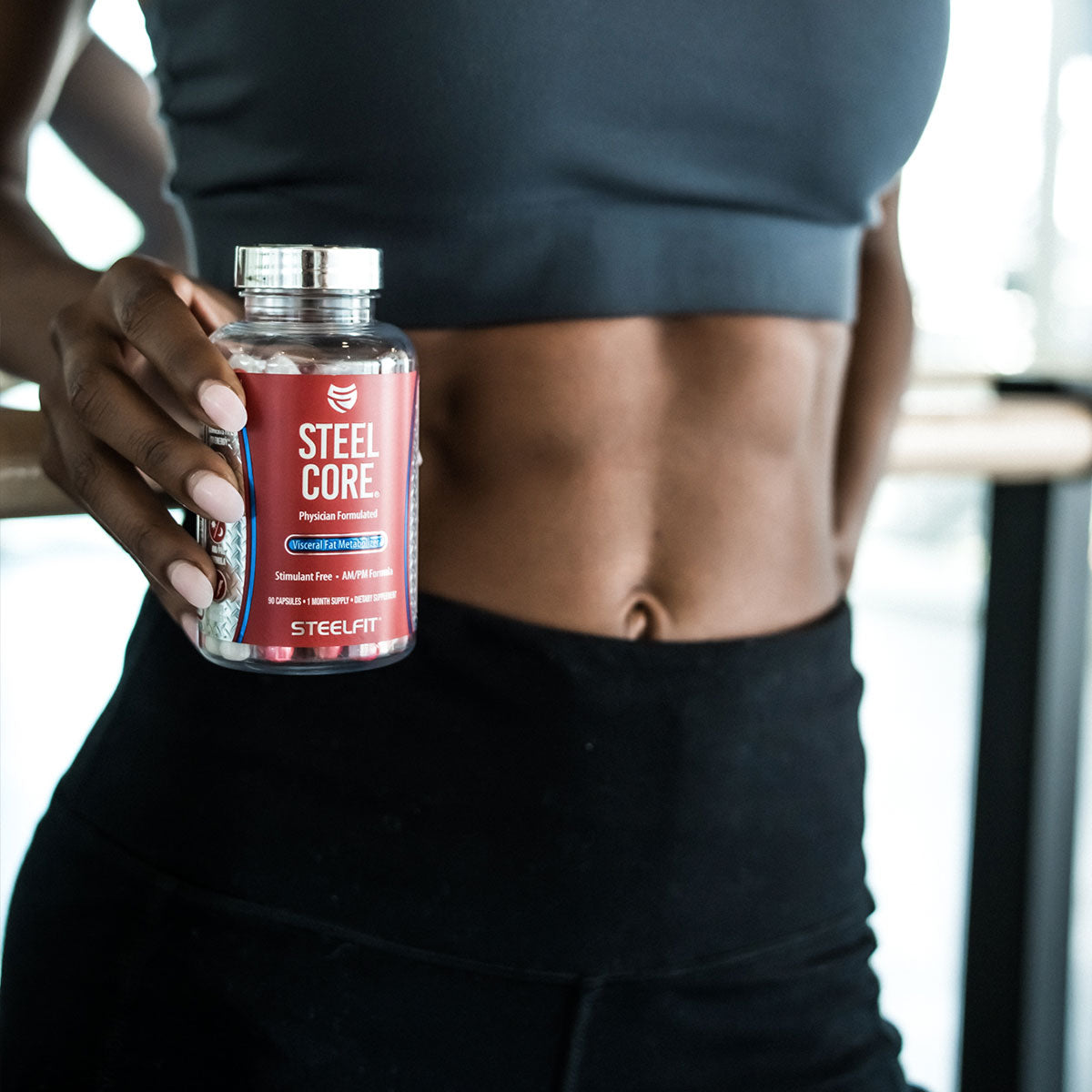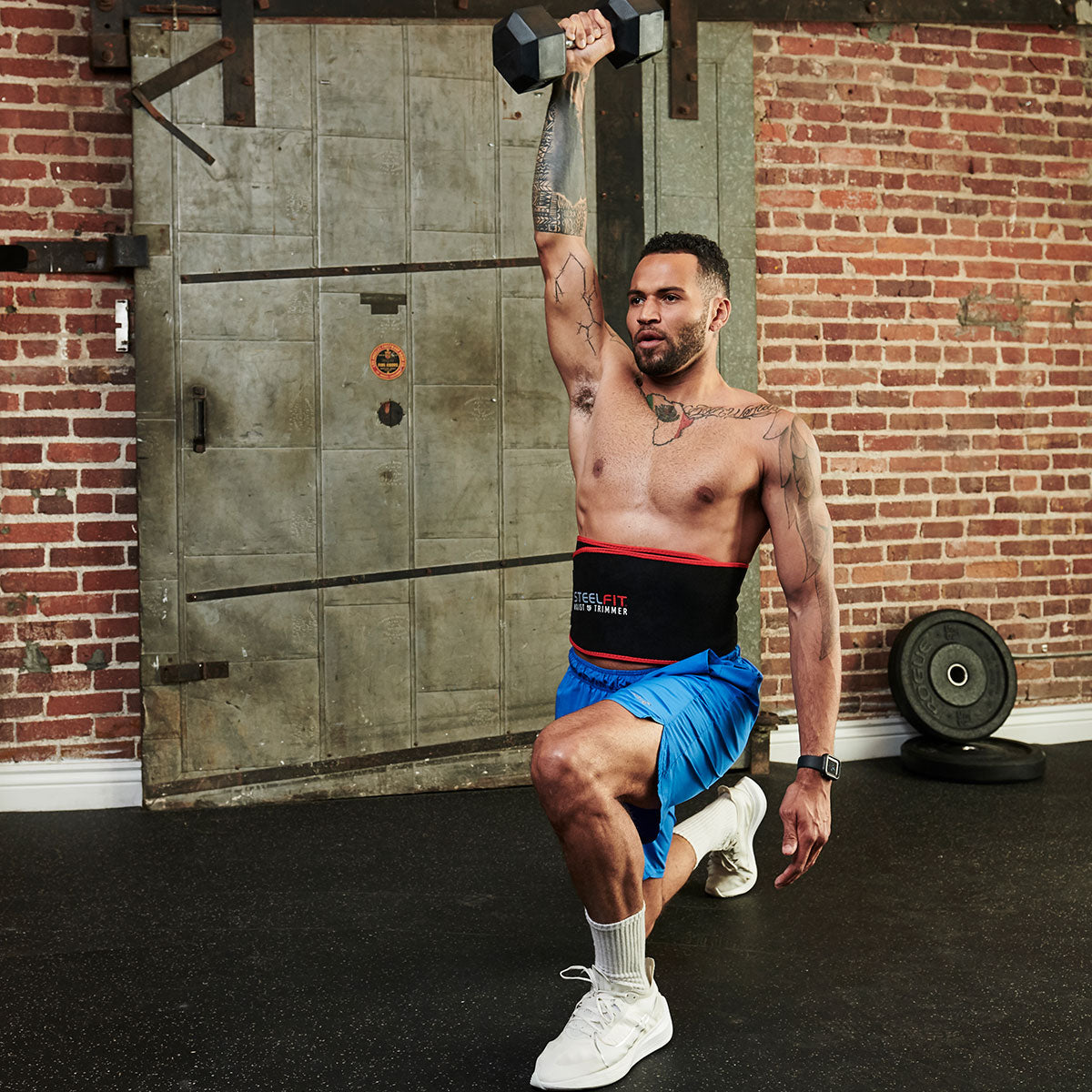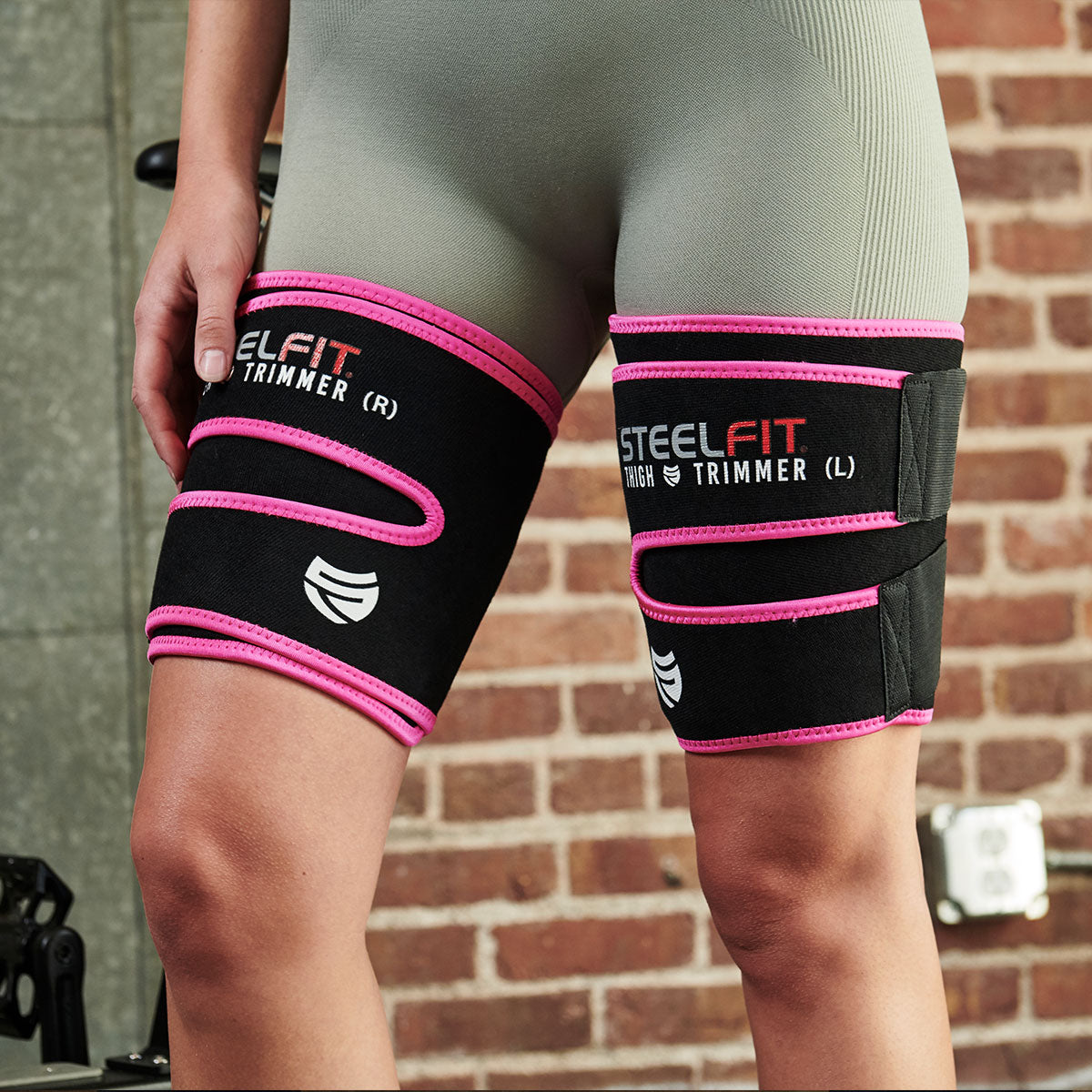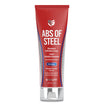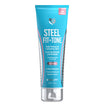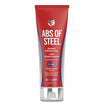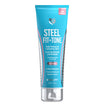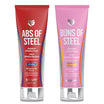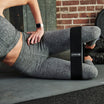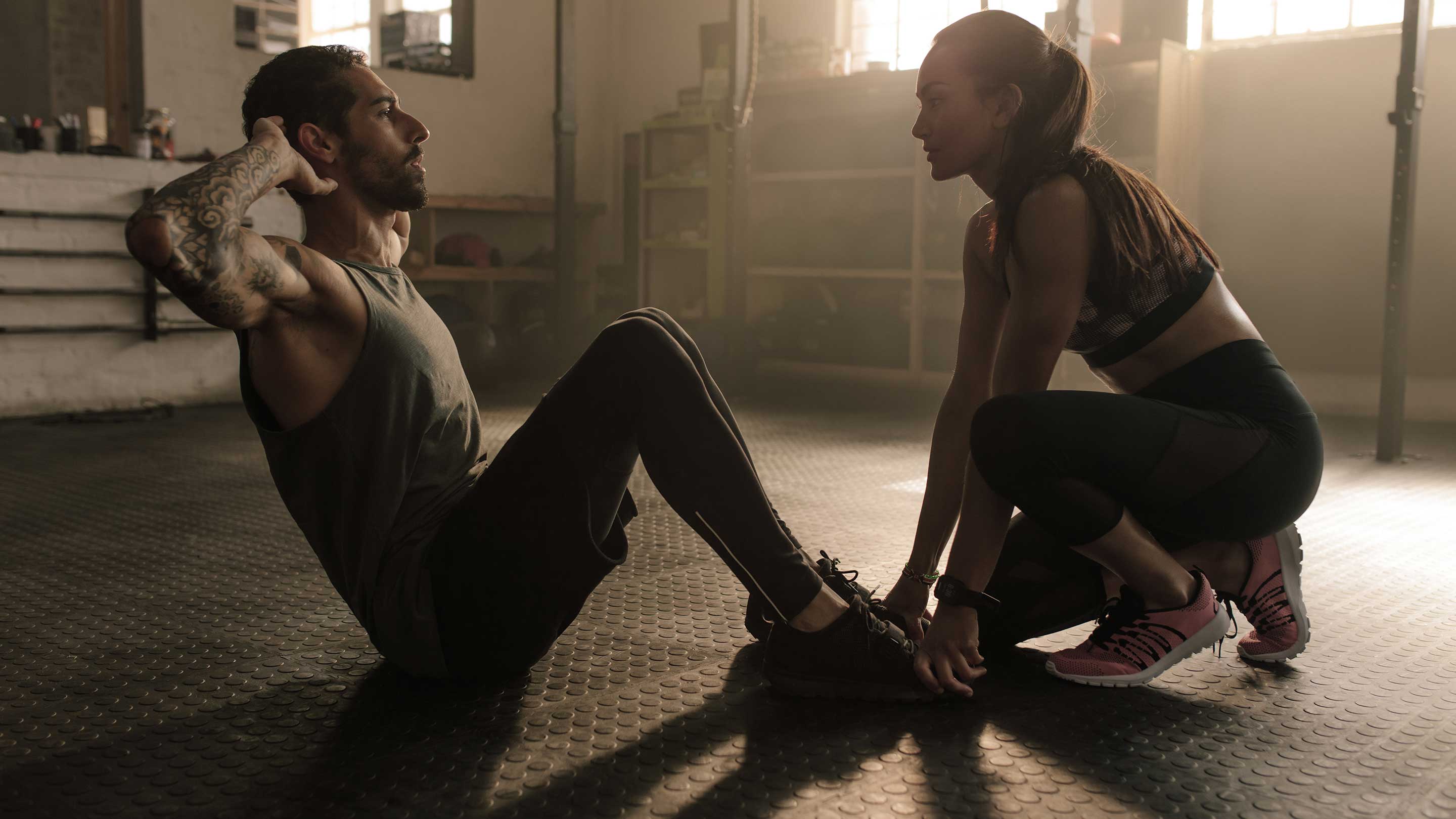The amount of muscle an individual possesses has been identified in research as a key indicator of longevity and overall health. However, studies indicate that inactive adults can experience up to 8% loss of muscle mass per decade.[1] Along with this loss of lean muscle, these same individuals also experience lower metabolic rates and increased body fat accumulation.[1]
Resistance training is the most effective way to build and maintain muscle, no matter whether you're young or old.
Today we discuss all the ins and outs of resistance training exercises: benefits, definitions and examples.
Let’s start with the basics first…
What Is Resistance Training?
Resistance training is any physical activity (i.e., exercise) that forces the muscles to contract against an external resistance with the expectation that an individual will improve muscle size (hypertrophy), muscle strength, muscle endurance, or power output.
The external resistance can be imparted by machines, barbells, weight plates, resistance bands, dumbbells, kettlebells, 5-gallon jugs of water, and even your bodyweight!
Essentially, resistance training is challenging your muscles to lengthen and contract against any external force.
What are the Top Benefits of Resistance Training?
Increases Lean Muscle
This is probably the most apparent benefit of resistance training and why many individuals (especially guys) hit the gym -- to build muscle.
Resistance training stresses skeletal muscles by forcing them to elongate and contract against a tensile force. This serves as a powerful stimulus to the cells in your muscles that they need to get stronger and more resilient. And, in the presence of enough protein and calories, resistance training will help you build bigger and stronger muscles.
Builds Stronger Bones
Muscles aren't the only thing in the body that are made stronger by engaging in regular bouts of challenging resistance exercise. Bones get stronger too!
This is especially important for females who are more likely to develop weaker, more brittle bones as the years tick on by. Resistance training supports bone density, which means it can help lower your risk of osteoporosis.
Improves Cardiovascular Health
Suppose you've ever really challenged yourself with resistance exercises, heavy squats, high rep push-ups, etc. In that case, you're all too aware that your heart rate can climb pretty high, rivaling that of what can be accomplished with traditional "cardio" exercises like jogging, using the step-mill, rowing, etc.
Interestingly, research from 2018 found that resistance training was better at lowering an individual's risk of heart disease than cardiovascular exercises like cycling or walking.
Aids Healthy Blood Sugar Levels
Hyperglycemia, type 2 diabetes, and metabolic syndrome pose increasing risks to individuals, both young and old.
Resistance training helps increase insulin sensitivity and deplete muscle glycogen, providing a dual-pronged method for helping your body more efficiently utilize carbohydrates that you eat.
Reduces Stress
In addition to the aesthetic and cardiometabolic benefits of resistance training, it can offer some pretty impressive mental health benefits.
Intense physical activity of any kind helps relieve stress while also boosting feel-good chemicals in the body like dopamine, norepinephrine, and serotonin. What's more, exercise also stimulates the release of BDNF -- a very important protein in the brain that affects the growth, development, and maintenance of neurons.
Decreases Risk of Injury
The more muscle your body has, the less susceptible you are to injuries from falling or other sorts of collisions. Muscle provides a measure of protection and cushion for your bones, joints, and organs.
What are Examples of Resistance Training?
As mentioned above, resistance training can be accomplished in many ways. Here are a few of the most common ways individuals engage in resistance training:
- Calisthenics (bodyweight training): the granddaddy of all physical culture and resistance training. Calisthenics is the "purest" form of resistance training where your muscles are working against your body weight and gravity. Calisthenics can be manipulated to increase or decrease the challenge based on your strength and skill (e.g., bodyweight rows vs. chin-ups). They can also have external loading added to them to increase the challenge further (e.g., weighted pull-ups or dips vs. bodyweight pull-ups/dips). One final note is that bodyweight training is essentially "free" and can be performed anytime, anywhere, which is especially helpful in the case of gym closures or financial hard times.
- Free weights: probably the most common way individuals engage in resistance training, using tools such as dumbbells, kettlebells, barbells, and medicine balls
- Weight machines: apparatus with adjustable seats, handles, and weights that mimic the free weight and calisthenic movements. Machines reduce the balance and stability demands of calisthenic and free weight movements allowing individuals to better "target" certain muscle groups and reduce the load on ancillary/supporting muscle groups (e.g., leg extensions and leg press allow individuals to target the quads better while reducing/eliminating stress and strain on the lower back compared to the traditional barbell squat)
- Resistance bands: big rubber bands that increase tension ("resistance") when stretched. They take up little space, making them ideal for travel or those with small home gyms. The unique advantage of resistance bands over free weights or machines is that they offer an ascending resistance profile. The resistance increases as the bands are stretched further and further.
Moreover, most free weight and machine exercises can be replicated with resistance bands (e.g., chess press, rows, pull down, flyers, etc.).
What is Some Resistance Training Equipment?
Resistance training equipment can take many different shapes, forms, and loads, depending on how much space and finances you can access.
The most common resistance training equipment options are:
- Resistance Bands
- Dumbbells
- Kettlebells
- Barbells
- Weight Plates
- Machines
- Weighted Vests
- Backpacks
- Water Jugs
How to Get Started with Resistance Training
Many individuals are hesitant to begin resistance training out of uncertainty or fear that others may be looking at them/judging them for how much weight they’re lifting.
Let us tell you that if you're training in a big box gym, nobody cares how much weight you're lifting. They're probably not even watching you work out. We get so much in our way at times that it prevents us from achieving our goals.
To the first point (unsure of how to start resistance training), you can hire a personal trainer or online coach, sign up for one of the many streaming services that offer guided workouts, research workouts on the internet, or scour good ol' YouTube. There are thousands, if not millions, of free workouts readily available.
A bare-bones way to get started with resistance training is to perform a total-body bodyweight workout two to three times per week. This allows you to hit all the muscles of the body, providing a robust boost to your metabolism, all the while helping build muscle and strength.
One of our favorite total-body bodyweight circuits is:
- Bodyweight squats: 20-30 reps
- Push-Ups: 10-20 reps
- Alternating reverse lunges: 10 reps/leg
- Chin-Ups (or inverted rows): 10-12 reps
- Jackknife sit-ups
Move from one exercise to the next with minimal rest (but not rushing), then after you've completed all five movements, rest 2 minutes and perform another round. As you progress in your fitness and gain strength and confidence, you can start to incorporate other bodyweight exercises, add external weight to your bodyweight exercises, use free weights or machines, or even move to a different training split, such as upper/lower, body part split, or push/pull/legs.
Takeaway
Resistance training is one of the best things you can do for your body, both mentally and physically. In addition to helping build muscle and strength, resistance training supports cardiovascular health, combats bone loss, reduces stress, improves sleep, and helps maintain weight loss results.
You don't have to give up your beloved cardio sessions either! Rotate between cardio and resistance training sessions throughout the week to reap the benefits of both forms of exercise! And, if you're looking for the best supplements to help you perform and recover from your resistance training workouts, make sure to check out our premium line of dietary supplements, including Steel Pump®, Steel Fuel®, and Creapure® Creatine Monohydrate.
References
1. Westcott WL. Resistance training is medicine: effects of strength training on health. Curr Sports Med Rep. 2012 Jul-Aug;11(4):209-16. DOI: 10.1249/JSR.0b013e31825dabb8. PMID: 22777332.
